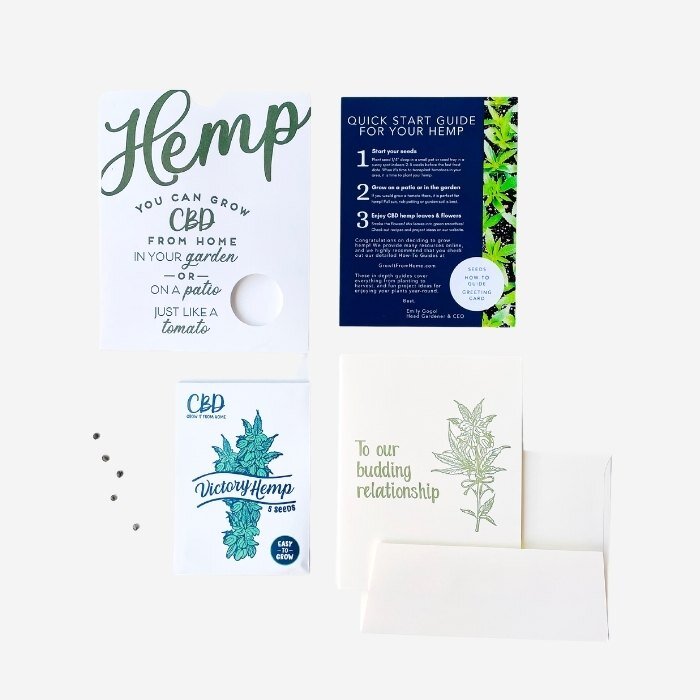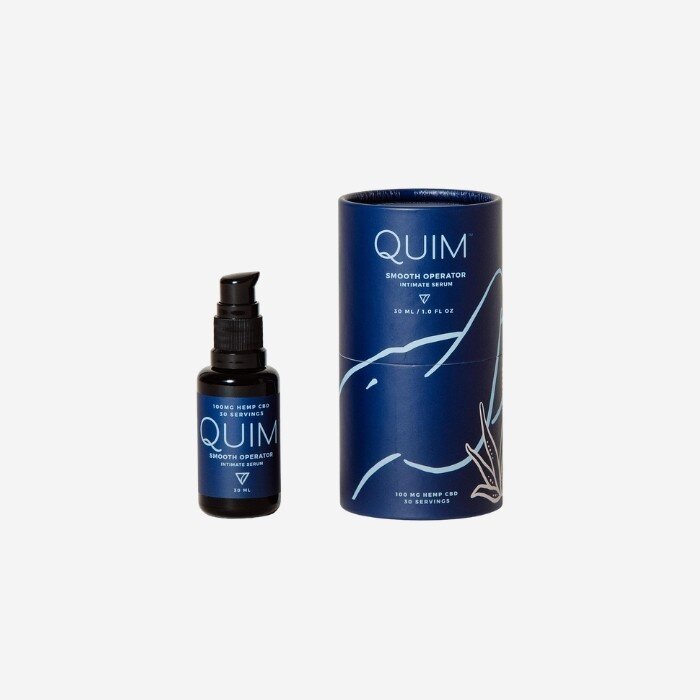How to Read a Certificate of Analysis (COA)
Currently, Hemp CBD brands are not required to test their products for potency or harmful chemicals, which means, consumers truly have no idea if the CBD product they are consuming is safe or has the labeled amount of CBD. Thankfully for all of us, there are brands who care about their product and are pro-active in testing their products. MJ Lifestyle is committed to only partnering with brands and companies who ensures a quality product by third-party testing pre and post-formulation. For the brands that are taking the responsible route, each item should have a Certificate of Analysis (COA) that associated with the product. It should be easy to find on their website, if it isn’t, the company will be happy to provide it. MJ connected with two of our dearest in the industry to answer those burning questions about reading a COA:
Cultivation & Ingestibles by Brittany Carbone, Founder of Tonic , Tricolla Farms and Bardo
Topicals by April Cole Worley, Founder of Mender
What should I look for when shopping for Hemp CBD?
When it comes to shopping for topicals, what most people are concerned with are 2 key things: 1. Does this product use full/broad spectrum distillate (oil) and 2. Is the amount of CBD it says it has in it on the label actually in the product.
Transparency! For any product you purchase, you should be able to answer the following questions:
Where does the hemp come from and how is it cultivated?
Craft cultivation matters! A lot of large hemp farms (which fuel a lot of the large extraction facilities that a lot of brands source from) take a much more industrial approach to cultivation—they use mechanized harvesting methods like cutting down the plants in the field with a combine which feeds directly into a mulcher that grinds up the fresh plants on the spot. This means that they are also mulching the stems and leaves along with the flower, as well as deeply diminishing (almost to 0) any minor cannabinoid and terpene content of the plant. Craft cultivation, done by hand with great care taken towards retaining the full profile of the plant’s therapeutic compounds, results in high-quality flower extractions that are much more efficient and pure. More efficient extractions mean greater sustainability as well since the overall CBD% will remain higher - for example, 100 pounds of craft cultivated flower can yield the same amount of final product than 200 pounds of the mulched up whole plant that industrialized grows produce.
Are the products lab tested batch by batch?
Batch testing ensures that the exact amount of CBD advertised on the product is actually what is in it.
Who is behind the brand and what do they stand for?
Look for brands that are passionate about what they do and take great pride in the products they offer.
Social responsibility is always a plus!
For Topicals, does this product use full/broad spectrum distillate (oil)?
Full-spectrum extracts contain the full range of cannabinoids and phytonutrients originally found in the plant and is arguably the best, most effective CBD option. Broad Spectrum is essentially a full spectrum extract with all of the THC removed. More on CBD types here >>
Are there ingredients in the product that will potentially cancel out the benefits you are trying to derive from the CBD?
Gummies, I’m looking at you! Some brands get it right and make them as responsibly as possible, but a lot of them out there are loaded with sugar and/or preservatives that cause more inflammation than that dose of CBD could ever relieve.
Tricolla Farms
How to read a Certificate of Analysis (COA)
Potency:
If you are reading a batch report, then the CBD potency listed should match what it says on your bottle—Keep in mind that most labs have a 5-10% margin of error when it comes to their reporting
Full-spectrum products should have some levels of the minor cannabinoids like CBG, CBN, and CBC as well as THC levels that exist below .3%
ND means Non-Detectable / L
LOQ means Limit of Quantification—this number will be the lowest concentration that the test can reasonably detect. This could mean that there are actually trace amounts of certain cannabinoids or compounds present, but just not enough for the test to pick up on it.
Make sure that the brand’s name is visible on the lab report, but even more importantly that the lab’s name and information are clearly listed.
Unfortunately forging COAs is a thing, so if you have your suspicions you should be able to contact the lab itself to receive their copy of the report. A lot of the times the labs make this super easy for you and the COA will actually have a QR code on the document that can be scanned to pull up the file from the lab!
The date - if this report was from a year ago, there might be something fishy going on
For topicals—If you are looking to decipher between distillate and isolate, you will see on the product COA from the manufacturer that CBD is not the only cannabinoid present. A product with an isolate will only have CBD present.
However, over the years Mender has purchased quite a bit of full-spectrum CBD distillate and because we are working with an agricultural product that has variations in its cannabinoid profile, we have seen post-formulation results that surprised us based on what we expected to see from the COA provided to us from our CBD vendor. For example, because when we add full-spectrum CBD distillate to say a base oil for our Youth Serum we are essentially diluting it, sometimes if the THC levels of our CBD oil was low to begin with, which it can be depending on the hemp strain/batch, we have seen THC drop off our post-formulation results.
What toxic elements to look for:
Flower
Pesticides
Microbial
Heavy metals
Extracts
Same as flower
Even if the source material (flower) of the extract tested ND or came in at passing levels, anything that is present in that raw material is going to get concentrated like crazy in the extract (the same way 15% CBD flower turns into a 70% CBD extract) so those heavy metal and pesticide readings are definitely subject to change
Residual solvents!!!!—This is an important one
Make sure all ethanol has been recovered properly—even in CO2 extracts, ethanol is introduced during the winterization process and must be properly recovered through the use of rotary evaporators and/or short path distillation systems
For isolates—PENTANE!! Pentane is the hydrocarbon used to create isolate products and is often left behind to varying degrees, so make sure they are responsibly removing that pentane to an ND level
Topicals
Our job as a manufacturer of organic premium CBD Bodycare is to be the first gatekeeper for purity. So we are looking very closely at the Certificate of Analysis (COA) from our CBD vendor—are there pesticides, microbials, residual solvents, or any metal contamination? If no, then we formulate our products and then use our lab to run cannabinoid (CBD, THC, CBC, etc) potency testing. We have also run terpene profiles on all our products twice to capture the full potential of all of the botanicals we use, not just cannabis. For example, we use capsicum in our Pain Salve with a high beta-caryophyllene profile (an anti-inflammatory terpene)—and we like to know that because we are not only relying on our CBD to deliver results.
How to know if a testing company is legitimate?
ISO/IEC accreditations
Listed margins of error and established benchmarks such as LOQ
All of their information should be clearly listed and easy to look up for reference. There should be the signature of the actual technician that ran the test signed at the bottom of the document.
For Mender’s CBD vendors, we look for the labs with good reputations, accreditation, all the proper signatures, and identifying certificate numbers. For the lab we use, Vanessa my partner who is in charge of product development, calls the lead tech running our samples, researches their reputation, etc. At the consumer level, it comes down to trust. Even with COAs that have a scannable QR code, many are locked to consumers to view original results. So again, as we all should be with as many purchases as we can be, give your money to companies you trust.
CBD Body Oil for Massage Therapy
What steps does TONIC / MENDER make to ensure the integrity of your product?
Full supply chain control
Ensuring that we are operating at the highest level of quality and integrity on our farm in order to bring clean, high-quality flower into our extraction facility where we are led by experienced chemists who ensure that every step is properly taken to create a clean, consistent product and then blending and bottling in-house to guarantee we know exactly what is going into our products at all times
Each step involves its own round of testing
Flower: tested for potency, microbial, pesticides, heavy metals before being extracted
Extracts: tested for potency, microbial, pesticides, heavy metals before being passed on to TONIC (these test results will serve as our “Lot” or Master Batch report)
TONIC: for each individual batch we make with that Lot of extract is sent out for the final round of testing for potency and microbial—we only test for those things because those would be the only two factors subject to change between the extract testing and the batch testing!
NFC Authentication Technology—Every TONIC product is embedded with NFC technology - the same technology that allows features like ‘tap to pay’—so you can tap your phone to the top of our tube packaging and instantly access the Master Batch/Lot reports, batch-specific potency and microbial reports, sourcing information and more!
Mender seeks out the best of the best CBD manufacturers—for us, we use those that bear the quality seal from the US Hemp Authority as a first measure, we scour the COAs for each batch we purchase, we only buy organic, and then we test post-formulation. We also buy organic ingredients from reputable sources and source locally whenever possible. We use each and every one of our products on ourselves and our families every day—I use our Pain Salve on my 13-year-old son when he has growing pains and my husband uses our Healing Salve on his fresh tattoos. We stand by what we make, and because we make everything in-house by hand, we have 100% control over quality and we are going to keep it that way.
A Big THANK YOU to April & Brittany for sharing your incomparable experience and knowledge. For more information on Mender’s organic premium line of full-spectrum body care products visit mender.shop and Tonic’s CBD & botanical blends visit tonicvibes.com
SPARK THE CONVERSATION
Know someone who could benefit from this article? Share it with them:



































